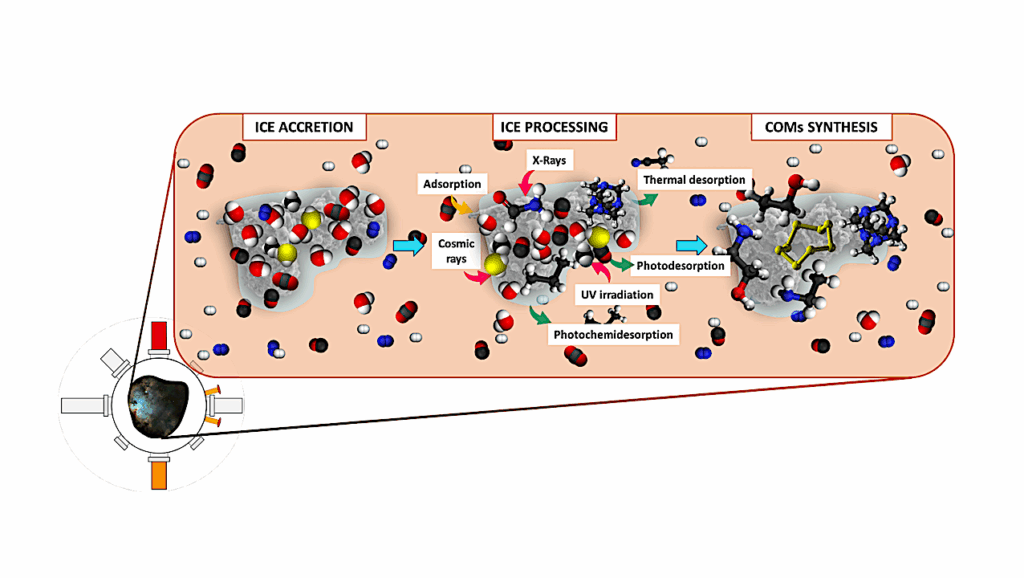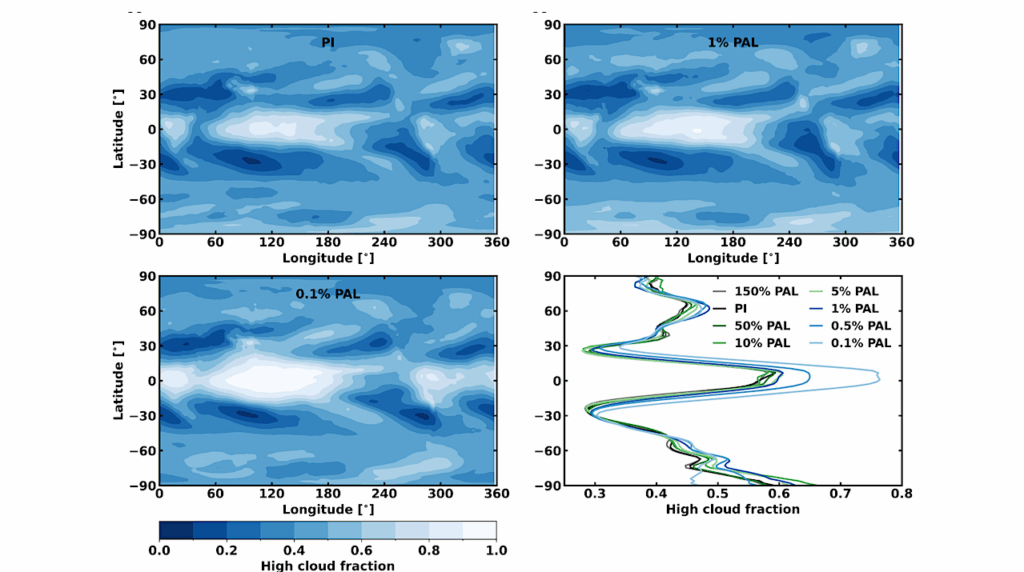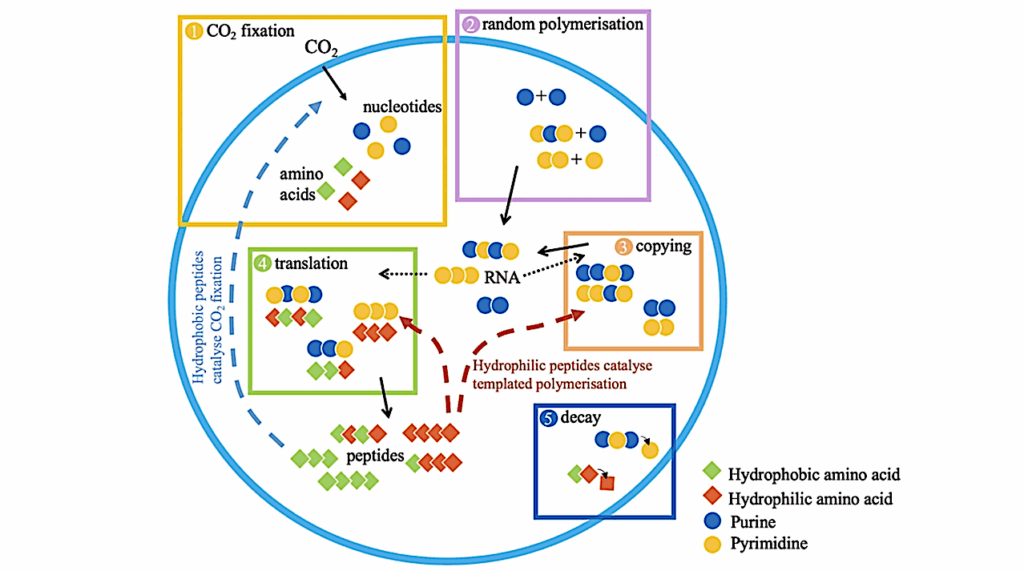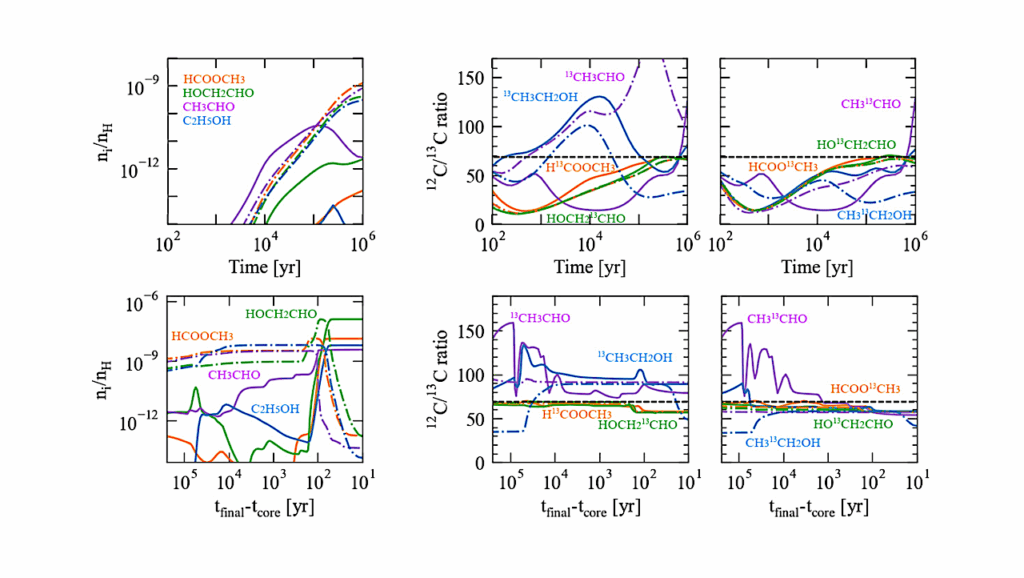UV Photo-degradation of the Secondary Lichen Substance Parietin: A Multi-spectroscopic Analysis in Astrobiology Perspective

The cortical anthraquinone yellow-orange pigment parietin is a secondary lichen substance providing UV-shielding properties that is produced by several lichen species. In our work, the secondary metabolite has been extracted from air-dried thalli of Xanthoria parietina.
The aims of this study were to characterize parietin absorbance through UV–VIS spectrophotometry and with IR spectroscopy and to evaluate its photodegradability under UV radiation through in situ reflectance IR spectroscopy to understand to what extent the substance may have a photoprotective role.
This allows us to relate parietin photo-degradability to the lichen UV tolerance in its natural terrestrial habitat and in extreme environments relevant for astrobiology such as Mars. Extracted crystals were UV irradiated for 5.59 h under N2 flux. After the UV irradiation, we assessed relevant degradations in the 1614, 1227, 1202, 1160 and 755 cm−1 bands.
However, in light of Xanthoria parietina survivability in extreme conditions such as space- and Mars-simulated ones, we highlight parietin UV photo-resistance and its relevance for astrobiology as photo-protective substance and possible bio-hint.
UV photo-degradation of the secondary lichen substance parietin: A multi-spectroscopic analysis in astrobiology perspective, Science Direct (open access)
Astrobiology








